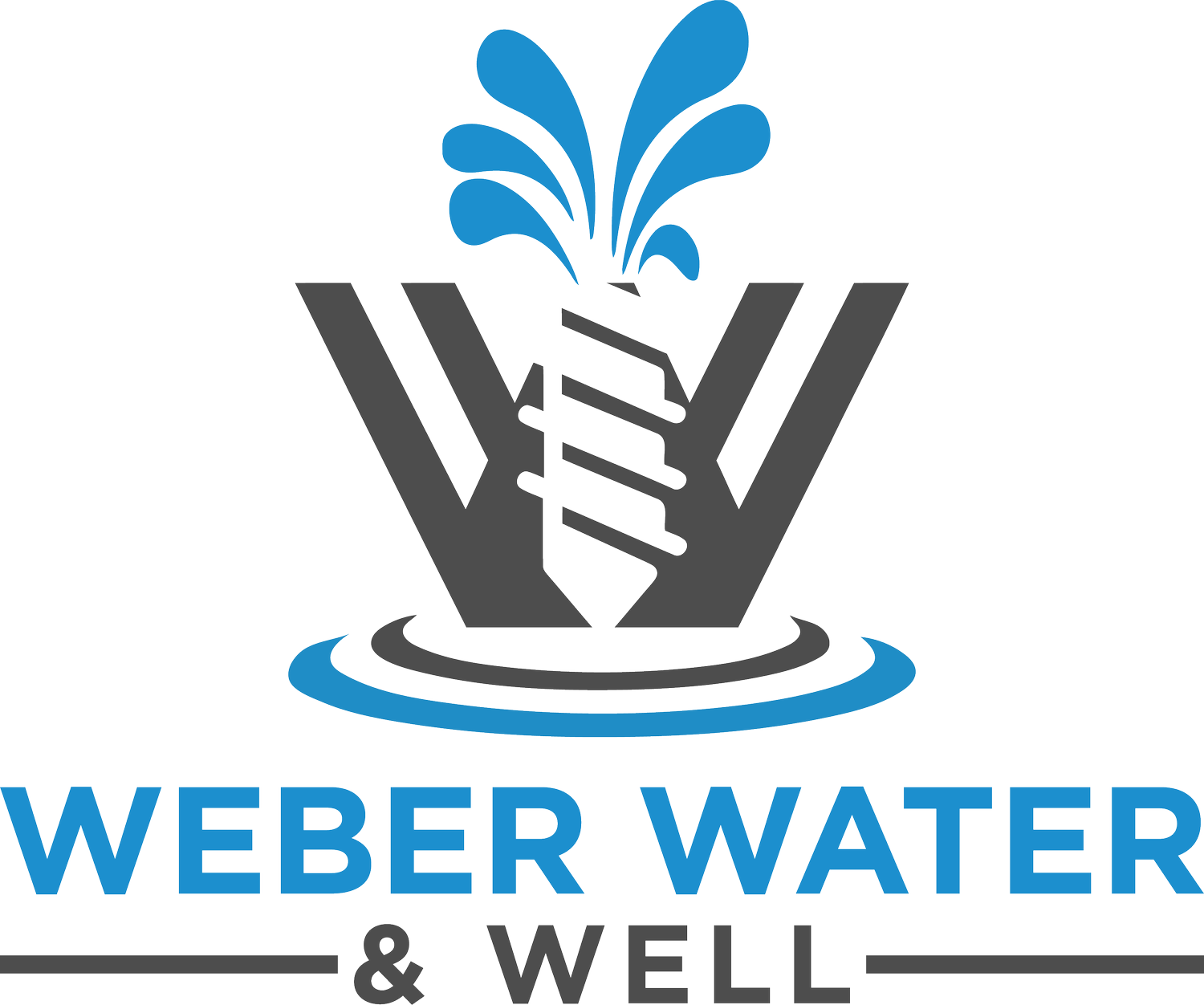Key Elements of Effective Water System Design
Designing an effective water system is crucial for ensuring sustainable and reliable access to water. Whether it’s for residential, agricultural, or municipal use, a well-planned water system can improve efficiency, reduce costs, and promote environmental health. In this blog post, we’ll dive into the key elements that contribute to the success of water system design in an engaging and easy-to-understand manner.
Understanding the Importance of Water Quality
Water quality is foundational to any successful design. It's essential to consider the composition and safety of the water being delivered, as contaminants can pose serious health risks. Regular assessments and treatment methods play a vital role in maintaining high water quality standards.
Moreover, the various methods of testing can reveal a lot about the effectiveness of a water treatment system. By evaluating factors like pH level, turbidity, and the presence of pathogens, stakeholders can make informed decisions about necessary improvements and treatments. Utilizing advanced technology, such as real-time monitoring systems, can further enhance our capabilities in ensuring water quality meets established health benchmarks.
It's also worth noting that community education plays an integral part in maintaining water quality. When individuals understand the impact of their actions—such as proper disposal of chemicals and limiting pollutants—they can contribute significantly to preserving the health of water systems.
Identifying Reliable Water Sources
Effective design begins with identifying dependable water sources. Whether from rivers, lakes, aquifers, or reservoirs, understanding the nature and availability of these sources can significantly impact system design and sustainability. Dependable sources are essential not just for the present but for planning future growth as well.
Conducting thorough assessments of these sources is critical. Factors such as seasonal variations, environmental impact assessments, and potential contamination risks must all be taken into account. Integrating scientific data with local knowledge allows for a more comprehensive understanding of water availability.
In addition, the long-term sustainability of these water sources needs careful consideration. Utilizing a mixed-source strategy, where multiple options are available, can provide resilience against droughts or unexpected demands, ensuring that communities remain supplied in varying conditions.
Infrastructure: Building the Backbone of the System
The infrastructure of a water system includes pipes, pumps, storage tanks, and treatment facilities. Each component must be designed and sized properly to handle the expected demand while minimizing leaks and maximizing efficiency. An effective infrastructure acts as the backbone of a reliable water system.
A crucial aspect of infrastructure design is the integration of modern technology. Smart sensors and automated systems can monitor water flow and pressure, alerting operators to issues before they escalate. This proactive approach not only saves costs but also prevents wastage, an increasingly vital goal in water management.
Moreover, the location and materials used for construction can drastically impact the longevity and functionality of the system. For instance, utilizing corrosion-resistant materials in areas prone to high mineral content can reduce maintenance needs significantly, improving overall sustainability.
Sustainability Practices in Water Management
Sustainable practices are pivotal in contemporary water system design. Emphasizing water conservation, the use of reclaimed water, and selecting energy-efficient pumps not only protects natural resources but also reduces operational costs over time. It's essential to view these practices as investments in our future rather than mere expenses.
Implementing rainwater harvesting systems is one innovative way to promote sustainability. Capturing and utilizing rainwater for irrigation or non-potable uses can alleviate pressure on existing water supplies while creating a self-sufficient approach to resource management.
Additionally, public education campaigns on sustainable water use are effective methods of enhancing community involvement. Teaching individuals about the benefits of xeriscaping or low-water-use appliances can foster a culture of conservation, ultimately contributing to more effective water system design.
Engaging the Community: Needs and Feedback
Involving the community in the design process helps ensure that the system meets local needs. Collecting feedback and understanding preferences can lead to better-designed systems that are more widely accepted and used by the community. This engagement fosters trust and encourages collaborative problem-solving.
Moreover, holding workshops or public forums can provide valuable insight into community priorities. When residents have a space to voice their concerns and preferences—whether it’s about water scarcity, infrastructure development, or environmental impacts—the resulting designs are much more likely to succeed. Such inclusivity not only results in better-designed systems but also strengthens community bonds.
Ultimately, the goal of effective water system design is not just to meet technical specifications but to enhance the quality of life for residents. By listening to the community and incorporating their feedback, we can develop systems that don't only deliver water but also contribute to the overall well-being of the population.
Bringing It All Together
In conclusion, effective water system design hinges on careful planning and consideration of various factors. By integrating sustainable practices, understanding the source and quality of water, ensuring proper infrastructure, and prioritizing community needs, we can create systems that not only meet current demands but also safeguard our precious water resources for future generations.


